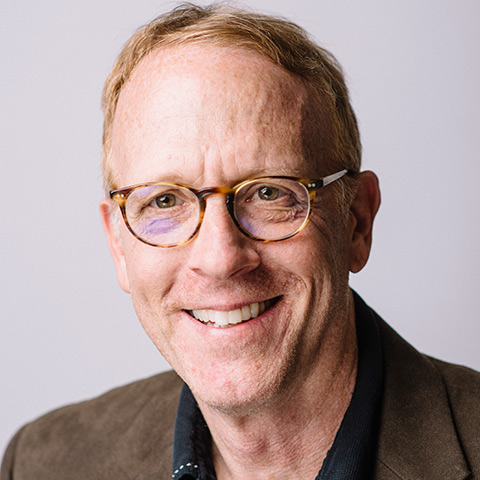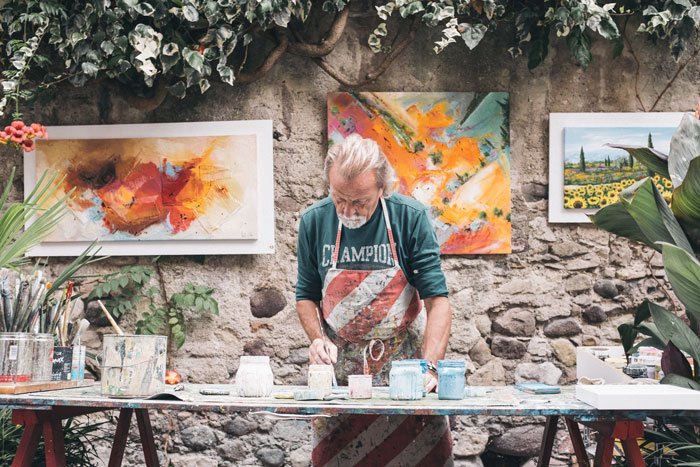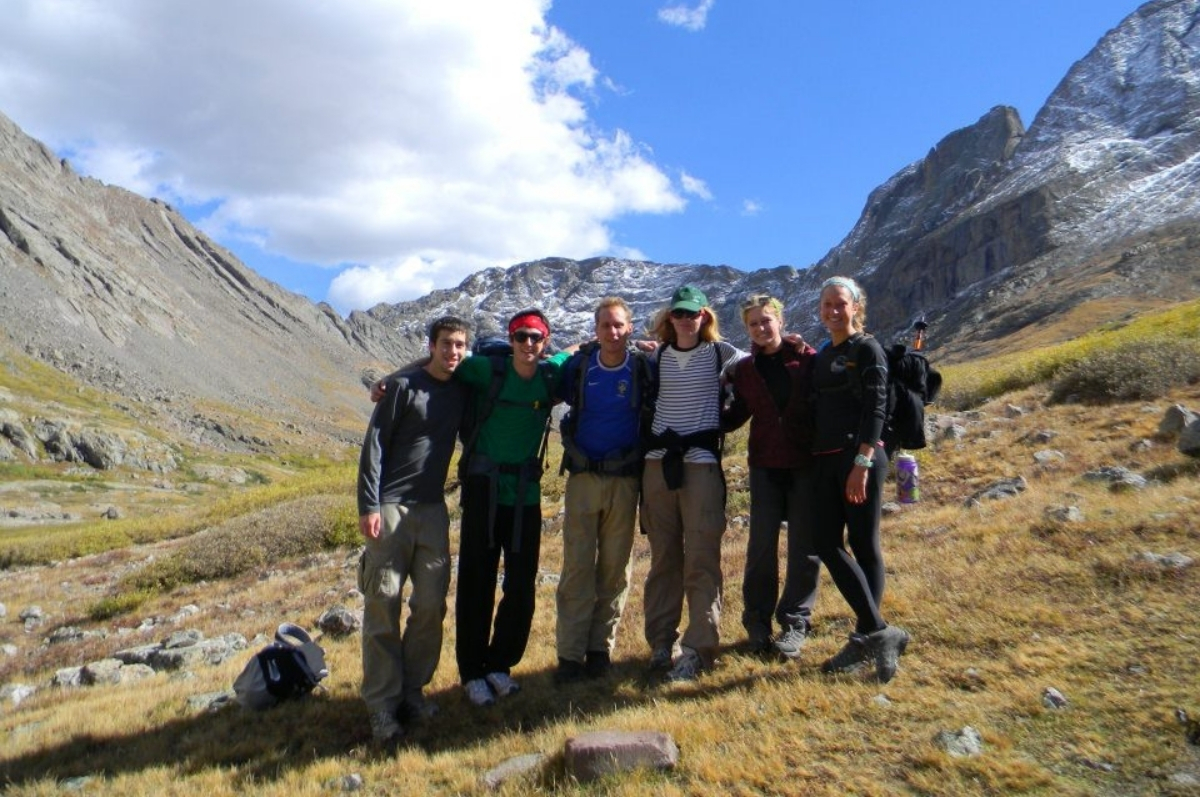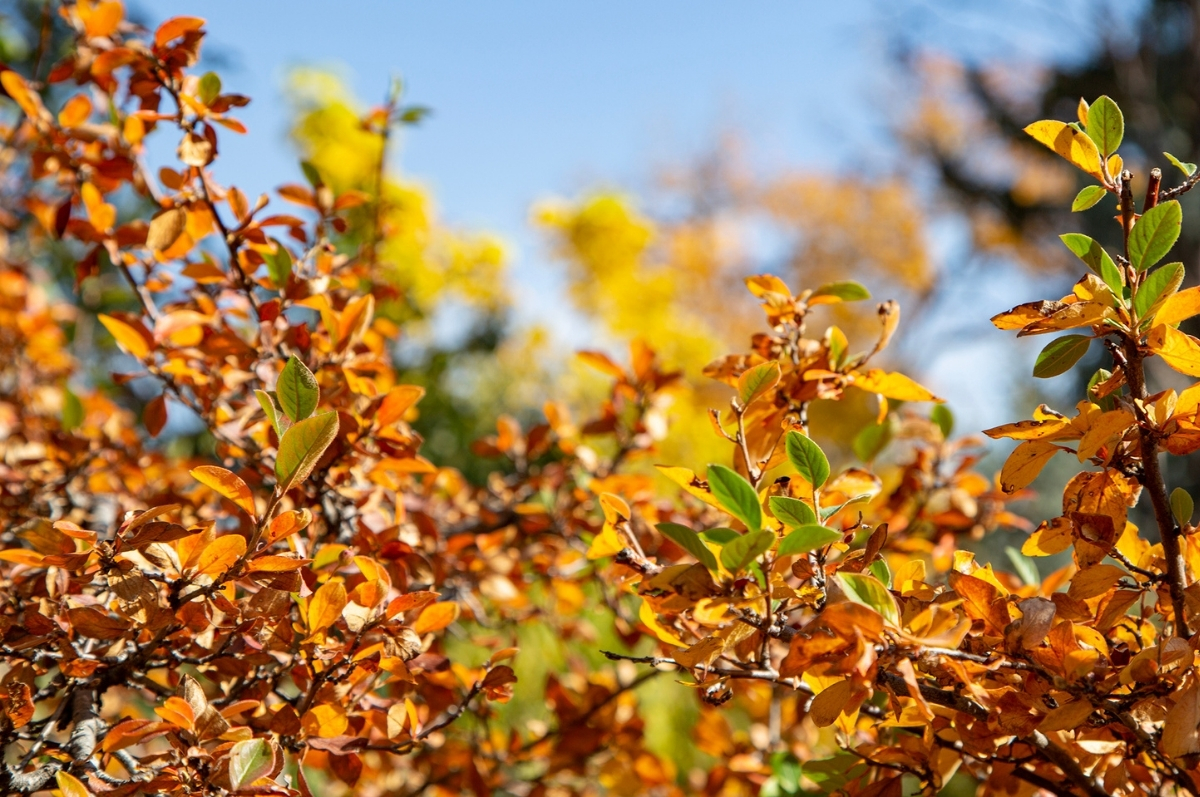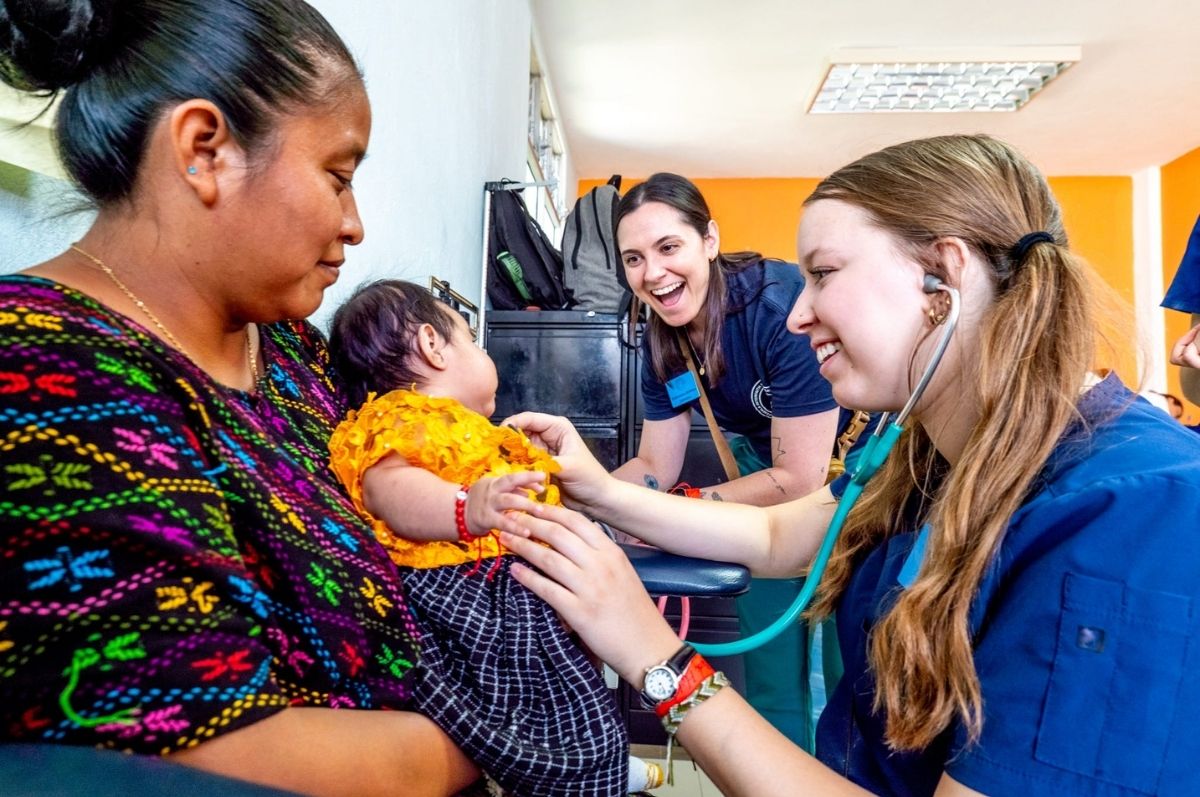Choosing the Next Pope: Chris Pramuk Breaks Down the Conclave
On April 21, Pope Francis passed away at the age of 88. The passing of Pope Francis is a crossroads for the Catholic Church, as the conclave to select his successor will direct its future. The church is now in the “papal interregnum,” the period between the death of a pope and the election of his successor, when the chair of St. Peter is vacant, or sede vacante. The conclave to elect the next pope begins on Wednesday, May 7.
In this time of uncertainty, Chris Pramuk, Regis University’s Chair of Ignatian Thought and well-regarded theologian, answers the biggest questions about the upcoming conclave in a Q&A.
Q: For the unfamiliar, what is the “conclave” and why does it happen?
A: The word “conclave,” from the Latin, literally means “with a key,” as in locked with a key. Before the conclave begins, all cell phones, radios, televisions and Internet connections are removed, and all the rooms are swept for electronic devices. Once the conclave begins, the cardinals are locked in the Sistine Chapel to ensure secrecy and to protect them from outside influence, and may not leave except for illness or other grave reasons.
All cardinals under 80 years of age when the pope dies or resigns have the right to vote for the next pope. Cardinals who were appointed in secret by the pope, or in pectore, cannot participate in the conclave – notwithstanding the dramatic portrayal surrounding one such cardinal in the recent movie Conclave. There will be 135 cardinal electors in this conclave. To select a pope, two thirds of the votes are required. Thus, if all electors are present, 90 votes would be required to elect a new pope.
Q: How is a new pope selected during this process?
A: During the interregnum, the cardinals meet daily in a general congregation, presided over by the dean of the college, mainly to discuss and conduct administrative matters of the church, and, of course, to give speeches regarding the future of the church. These are meant to be short, and to avoid explicit lobbying, yet that is not always the case. The discussion of papal candidates is typically done privately over dinner or in small groups.
On the morning of May 7, the cardinal electors will celebrate Mass in St. Peter’s Basilica. At 4:30 pm, they will process to the Sistine Chapel, where they will take an oath to observe the rules for the conclave, especially those enjoining secrecy. Everyone not connected with the conclave is then ordered to leave: “Extra omnes,” “Everybody out!”
If they wish, the cardinals can immediately begin the election process and hold one ballot on the afternoon of the first day. If no one receives the required two-thirds vote, the cardinals meet again the next morning. The time in the Sistine Chapel is for prayer and voting in silence. Negotiations and debate take place outside the chapel.
The electors use rectangular cards as ballots with “Eligo in summum pontificem” (“I elect as supreme pontiff”) printed at the top. Each cardinal secretly prints or writes the name of his choice on the ballot, and one after another, the cardinals approach the altar with their folded ballot held up so that it can be seen. After kneeling in prayer for a short time, the cardinal rises and swears, “I call as my witness Christ the Lord who will be my judge, that my vote is given to the one who before God I think should be elected,” and places the ballot in a covered urn.
Three cardinals who have been chosen randomly as “scrutineers” proceed to record the ballots, piercing each with a threaded needle until all are counted, totaled, and joined on the thread. Once the totals for each candidate are announced, the ballots are burned by the scrutineers, adding special chemicals to make the smoke white or black. White smoke signals the election of a pope; black smoke signals an inconclusive vote.
Until a pope is elected, black smoke will pour from the chimney potentially twice a day, around noon and 7 p.m. If a pope is elected on the first ballot of the morning or afternoon, white smoke could appear at these times or earlier. In either case, the crowds watching eagerly in St. Peter’s Square will erupt with emotion.
Q: How long can people expect the conclave to last?
A: Down through the centuries, lengthy interregnums were often caused by wars, political intrigue among the cardinals and civil authorities, or popular unrest in Rome. In the 13th century the papacy was vacant for a year and a half before Innocent IV was elected, and for three and a half years before the installation of Gregory X. Since then 29 conclaves have lasted a month or more. The last conclave to last for more than five days happened in 1831, and took 54 days to elect Gregory XVI – a labyrinthine case study in “political intrigue”! Reforms put in place by subsequent popes encouraged much shorter conclaves. The 2005 and 2013 conclaves were over within 24 hours.
Q: Pope Francis had made efforts to diversify the College of Cardinals, particularly by naming cardinals who are not from Europe. What kind of precedent does this set for the selection of the new pope, following Pope Francis’ incredible outreach to the flourishing Catholic communities in Africa and Asia?
A: This is the ten thousand-dollar question! With cardinal electors arriving from every corner of the planet, the election of a new pope is always a dramatic reminder of the global reach of the Roman Catholic Church. Yet this year’s conclave will be truly unique in this respect, one might say dramatically more “catholic,” multicultural, universal.
Cardinals from over two dozen countries will be making their debut at a conclave, marking the first time these nations have ever been represented in the election of a Pope. This includes nations like Haiti, Papua New Guinea, East Timor, Singapore, and South Sudan. Under Francis’s papacy, the percent of Italian cardinals fell by half, and the number from Europe also decreased. Francis increased the number from Asia and Africa, while the percent from Latin America, his own continent, stayed virtually the same. One out of four cardinals are from religious orders.
In sum, while about 41 percent of the 135 electors are from Europe, 48 percent are from the Global South, as was Francis himself. Asia has 16.3 percent; Africa 13.3 percent; Latin America 17 percent. The United States has 7.4 percent, second only to Italy; Canada 3 percent.
What will this mean for the election? While predicting the next pope “is a fool’s errand,” says Jesuit Fr. Thomas Reese, factors that will come into play in assessing the candidates include age, languages spoken, positions on critical issues, and personality. The concerns of particular cardinals will reflect the chief concerns and social realities of their people on a range of significant issues. How to maintain an authentic “unity of minds and hearts” that honors the vast diversity of Catholics around the world is a perennial challenge for whomever holds the Chair of St. Peter. Regarding personality, Fr. Reese suggests that Pope Francis – “the Argentine son of Italian immigrants who had a warm pastoral approach” – will be a hard act to follow.
Beneath all of this is a fundamental question and concern: will the next pope build upon or seek to reverse Pope Francis’s moves toward a “synodal” church – a church that listens and discerns together, and in which the laity, inclusive of women, have a substantive role in decision-making and leadership? As a Jesuit, Francis believed that the Holy Spirit moves in the encounter between persons, communities and cultures, in the very process of listening, sharing our stories, dreams, and hopes across differences. A synodal church emphasizes the fruits of dialogue and encounter, while resisting making decisions primarily or solely from places of authority and power.
Q: As the conclave is set to begin on May 7, how best can people stay assured and informed during this time of uncertainty?
A: The Jesuit-run America Media and National Catholic Reporter both have numerous correspondents in Rome, providing daily updates on the general congregations, the various personalities and positions of likely candidates, or the “papabile,” etc. My own understanding of the conclave as described above owes much to these reputable outlets.
